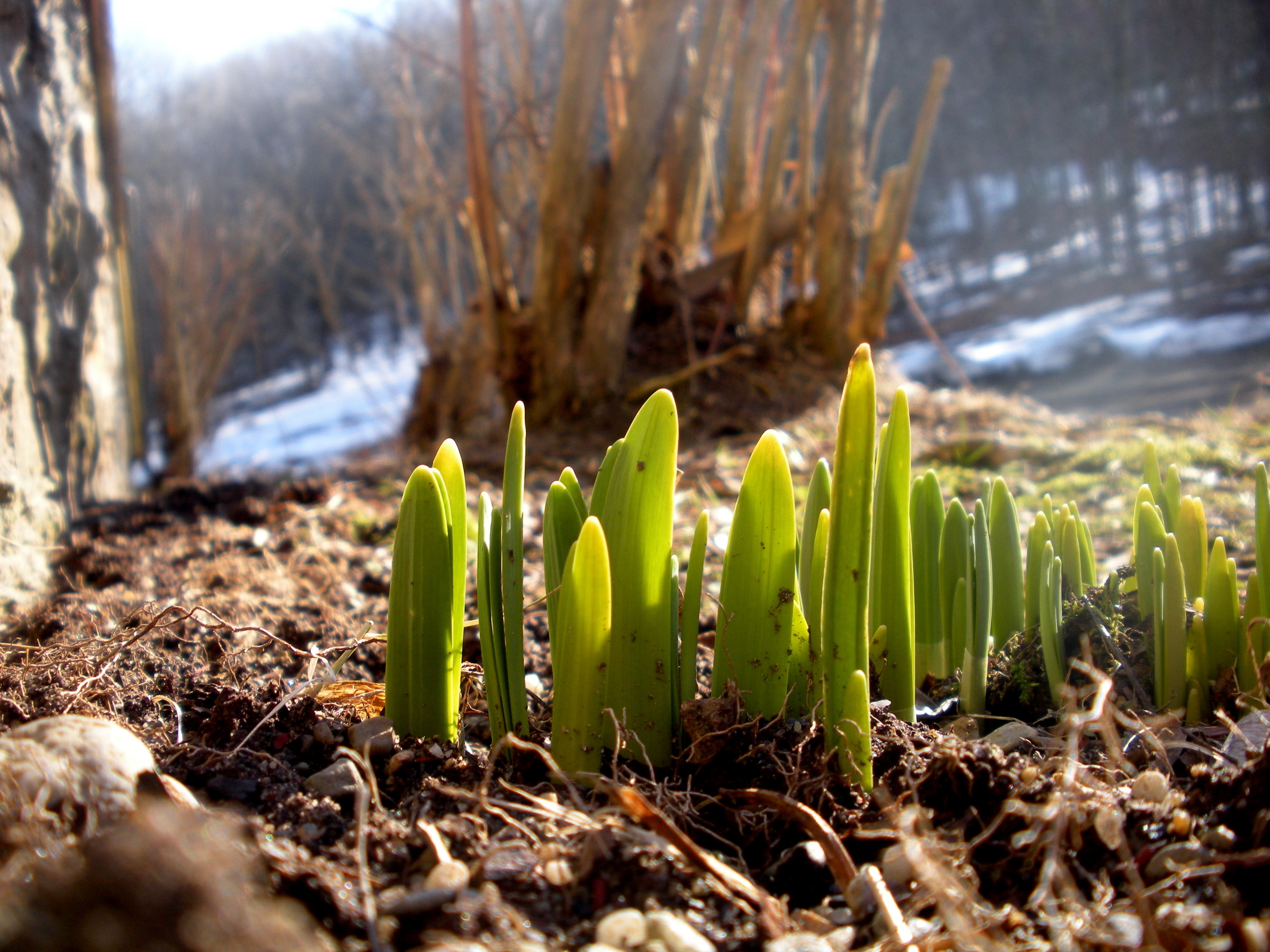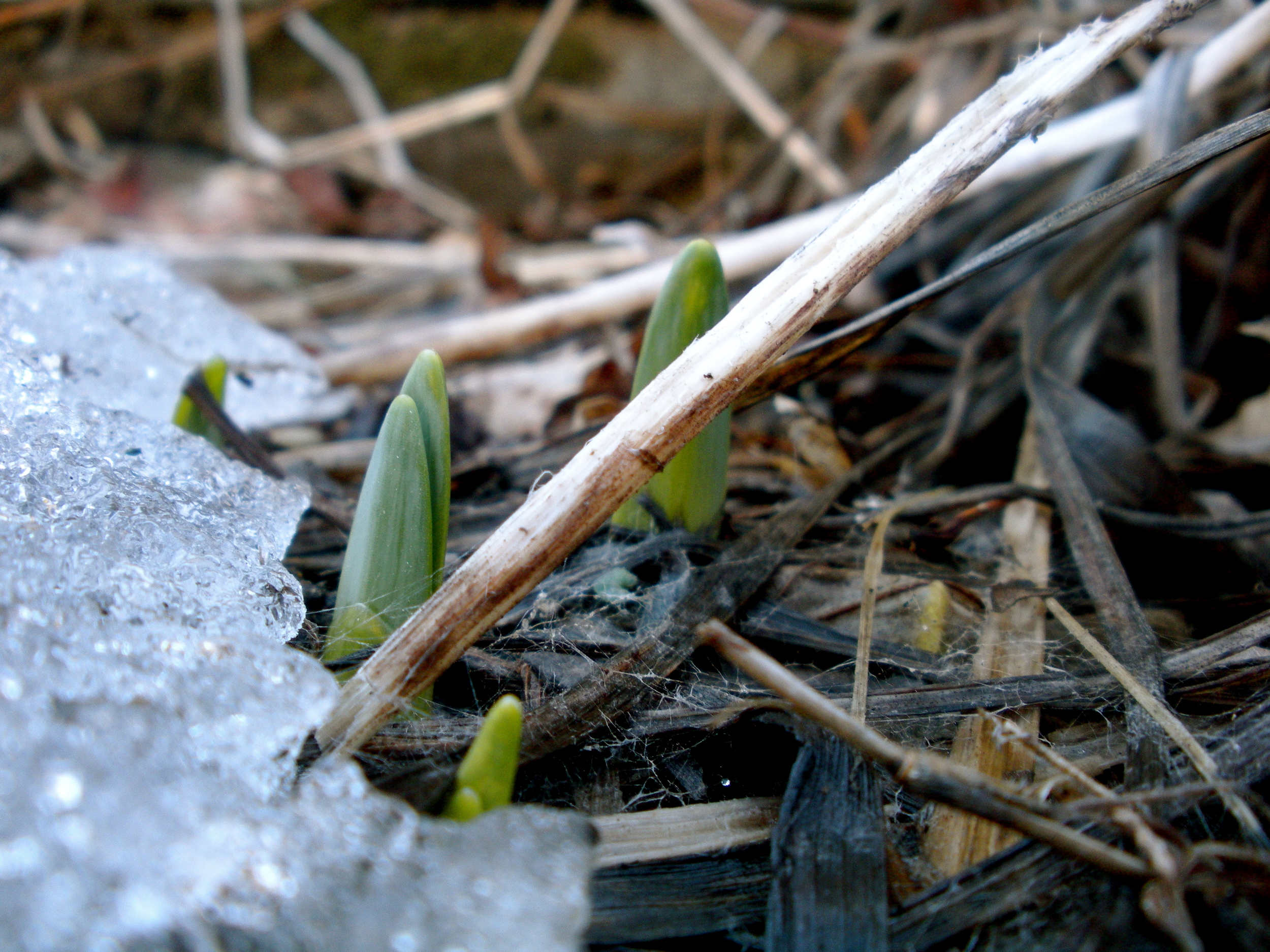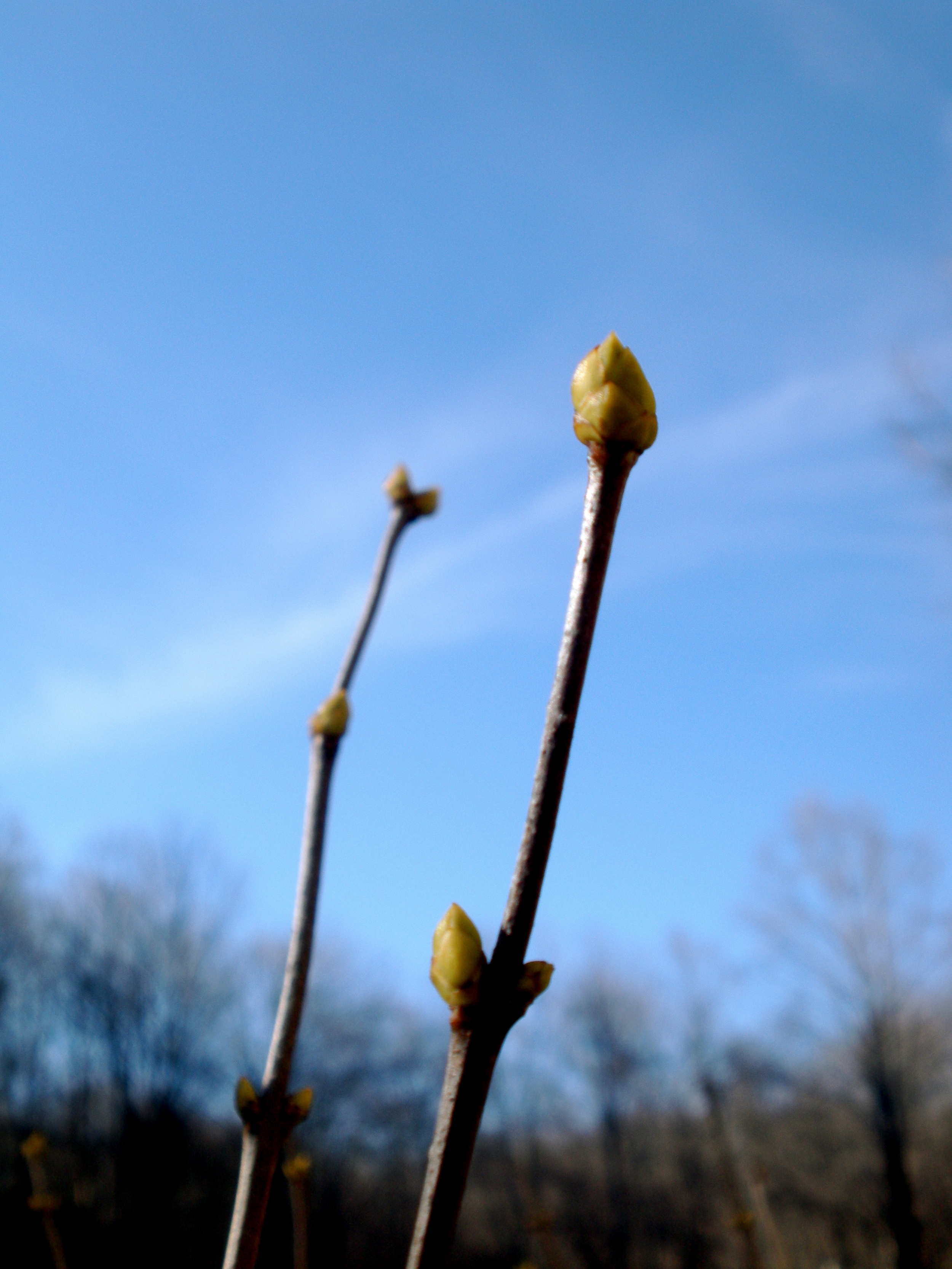Living and working on the Reservation is filled with amazingly high highs and devastatingly low lows. Sometimes, these moments can happen in the same week, same day, or same hour. Trauma is everywhere and, if given enough time to reflect, wallow, or just process the colossally complex nature of it all, I might have quit my job by now.
Yet, the garden, or the La Plant Grows Its Own Food! Project, is my place, my refuge. It keeps me sane. It reminds me that I am doing something meaningful, even though, at times, it stills feels like I'm not doing enough. As hokey as that sounds, the garden is incredibly therapeutic. Endless research backs up the theory on the healing powers of growing food and being around living, green things. (Non-scientific study: I dare you to go to your local nursery and farm stand and not feel a little happier!)
Tomatoes & pepper transplants find a cheerful home in the greenhouse for the 2016 growing season (A.Gross, May 2016)
This is my third season on the Reservation, and I see and feel the garden having an impact. Practically speaking, I'm thrilled that we now finally have electricity and heat in the greenhouse, and I'll be preparing for winter production in the late summer. The beets, arugula, radishes, potatoes, and snap peas were all germinating as of this week.
More than anything, I love that the kids are also super into the whole thing. I often tell volunteers that the garden has a weird, magical forcefield around it. Somehow, once inside the garden fence, kids become calm. I can't exactly put my hands on this energy, but the garden gives off a nurturing vibe. It's a space that encourages children to be inquisitive and present. They ask amazing questions. They are curious as to what's growing. They begin to give their own mini tours of the space with a sense of confidence that makes my heart swell. They taste chives. They check on the garlic and ask when it's ready to harvest. They bring their own packets of flowers to Garden Class to start their own seedling trays. They respect the bumble bees buzzing and tell me, unprompted, that these bees are doing good work.
A bit of solitude in the garden, one bed of cilantro at a time. (A.Gross, May 2016)
But, just as I praise these successes, I recognize that it's dangerous, self-aggrandizing and even a bit delusional if we - specifically, I - begin to equate a good lettuce harvest or one week of increased participation in a garden class with "saving" people. The statistics about what it means to be native youth are alarming and apparent everyday. Rates of youth suicide are still at crisis levels. Kids are hungry for physical nourishment of nutritious food, and they also crave the emotional support and positive attention and reinforcement of adults.
For the majority of people who will read this post, they'll never, ever know the realities of what it means to be or identify as an indigenous person. I'm included in this category, even as immersed as I am in the day-to-day for almost half a year on the Reservation. But, the first step is recognizing and delving into these complexities and finding solutions that occur at an appropriate pace to make life better, specifically for children.
Kids sow their own seeds! A bit of experimentation with passionflower seeds at Garden Class. (A.Gross, May 2016)
Sowing seeds at Garden Class, with kids helping kids. (A. Gross, May 2016)
I'm a fiercely and stubbornly realistic person. That's why I've connected with farming and gardening so well. You learn early on that the fruits of the profession are only a small product of your work. Mother Nature has the ultimate say on the success or failure of a harvest. She forces you to cede control, which is, at first, completely terrifying but, eventually, incredibly freeing. She also teaches you to play the long game if you seek change rooted in sustainability and resilience and, recognizing, too, that the long game may outlive you and me.
While a realist to my core, I'm also an optimist and the two can and should coexist. We do not have to accept the hand that we've been dealt and we can change our paths. I also acknowledge and accept that my perspective is from a place not granted to many individuals. The catalyst I've chosen to combat the injustices faced by native youth is through food because it is tangible. I'm not expecting to solve all of society's ills against native people, to save all of the children of La Plant or the Reservation, or even to be able to feed the entire town. But, I can write, with absolute confidence, that the garden is a place, albeit temporary, where children can feel safe, be curious, be silly, and, while they might not be able to articulate it yet, be optimistic about their lives and their futures.
Big cloud country: Huge clouds over the South Dakota Plains. (A.Gross, May 2016)
We've got power! The greenhouse is now electrified, which means lights, heat, and ventilation for a longer growing season! (A. Gross, May 2016)
Rooted: Dandelions foraged from the garden space. Wild health food from root to flower. (A.Gross, May 2016)





















